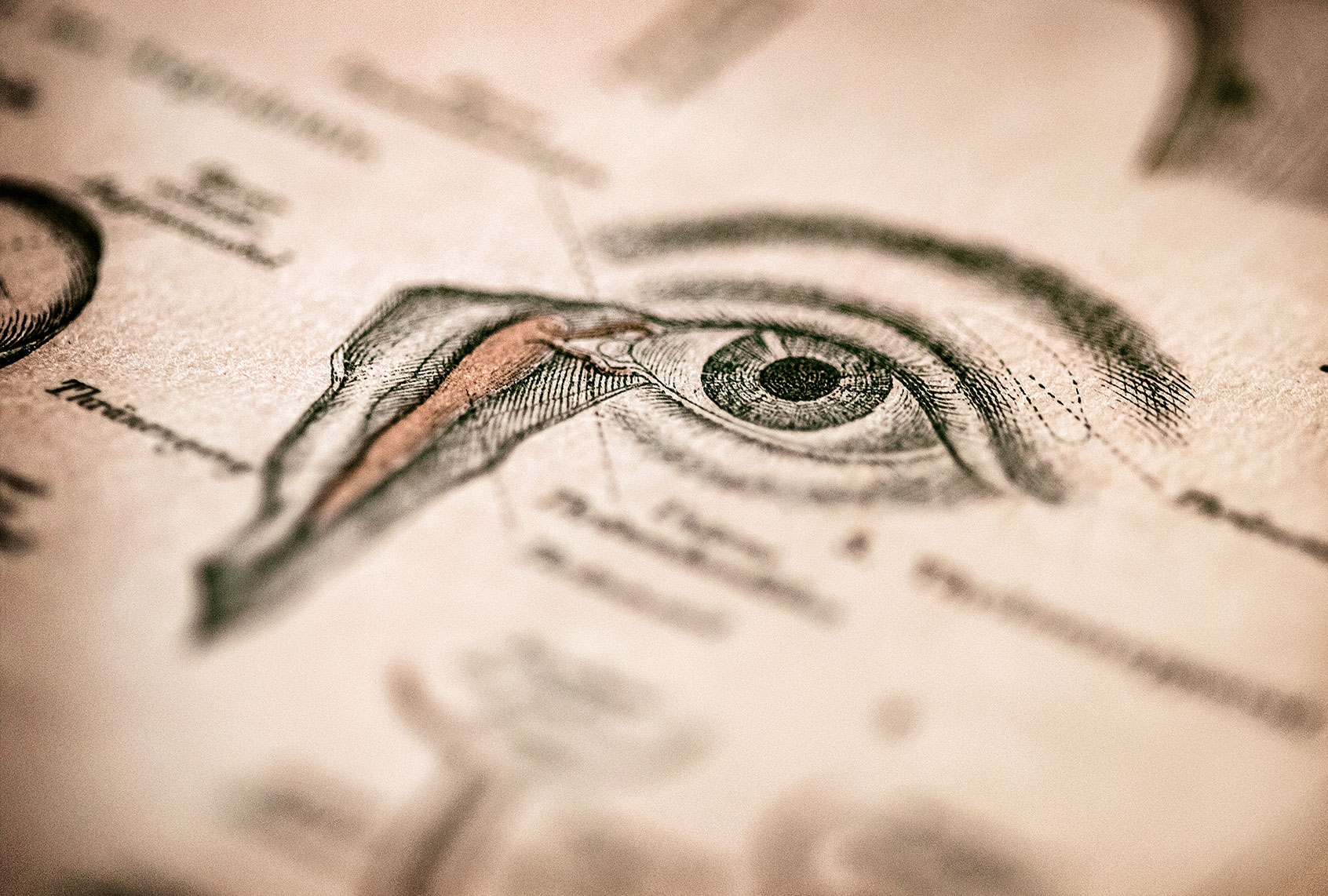The number of Americans who suffer from dry eyes is in the millions. As humans are vision-dependent organisms, the experience of having eyes that don’t stay moist can be severely uncomfortable. But a group of scientists believe they may have made a great stride in helping victims — curiously, by creating tiny tear glands in dishes and forcing them to cry.
As described in a study published in the journal Cell Stem Cell earlier this week, scientists manufactured tear gland organoids — that is, miniature versions of organs which are manufactured by scientists in laboratories — and figured out how to make them produce tears. Their research aspires to lay the foundation to treat various medical conditions that result in malfunctioning tear glands, such as the immune system disorder Sjögren’s syndrome.
“Tear gland organoids mostly have potential applications for people suffering from dry eye disease (which represents between 5 and 30% of the adult population, depending on the studies),” Marie Bannier-Hélaouët, a co-author of the paper, told Salon by email. Bannier-Hélaouët said that eyedrops with artificial tears are often not enough to relieve all of the symptoms of dry eyes. With their research, Bannier-Hélaouët added that “we now can use the tear gland organoids to probe new medications that could improve tear production.”
The production of tear gland organioids could also be used for transplantation, such as in those with malfunctioning tear glands, Bannier-Hélaouët added.
But there are other applications to this research beyond transplantation of tear ducts. Yorick Post, another co-author of the paper, wrote to Salon that the tear gland organoids could also make it possible “to identify drugs that stimulate tear production without ever having to test this on a patient.” He added that, on an individual level, he was drawn to this project because “millions of people worldwide suffer from dry eye, yet the tear gland is a very understudied organ with much more to be learned. The goal was to create an accessible experimental model of the human tear gland in the lab: organoids.”
Bannier-Hélaouët explained that organoids are created with adult stem cells, which exist in most of our organs in order to regenerate damaged tissue. Since 2009, scientists have been able to use these stem cells to grow tiny versions of organs in dishes — starting with stem cells in our gut — and prompt them to perform activities similar to their real-life counterparts in our bodies. This has been a boon to scientific research.
Want more science stories in your inbox? Subscribe to Salon’s weekly newsletter The Vulgar Scientist.
To create these artificial tear glands, Bannier-Hélaouët added, scientists started by acquiring fresh tear gland samples from a hospital. After that, they cut them into small pieces and then treated the tear gland tissues in the same way that you or I might handle our houseplants — by nurturing them and helping them grow.
This meant that they had to “provide it with the correct food (nutrients, growth factors). After a few days, we could see tear gland organoids growing in the dish. When we are feeling pain, our brain secretes adrenaline and that’s what makes us cry. With the tear gland organoids, it is the same: we give them adrenaline and they start crying.”
Post described how, as the scientists gave the correct activating signals in the laboratory, “the organoids started to produce and secrete tears. The shedding of the tears happened on the inside of the organoids, making them swell like a balloon full of tears. With this experimental platform we learned what kind of cellular signals induce tearing.”

